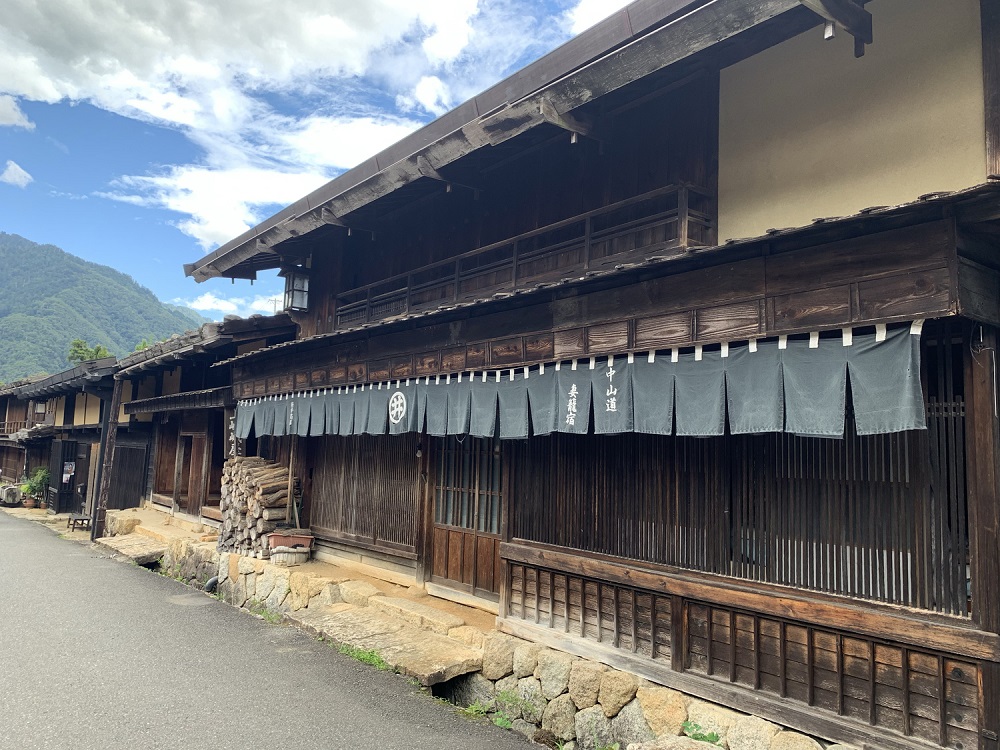Tsumago is an old post town located in the southwestern part of Nagano Prefecture. It is one of the most well-preserved old towns in Japan and therefore well worth a visit. Learn about the town’s history and what to expect in this Tsumago travel guide!
Townscape Preservation Movement
After WW2, Japanese people started to realize that historic buildings and towns are very much worth preserving. Instead of the usual rebuilding of places into more modern structures that happens continuously throughout Japan, most notably in larger cities, buildings and sometimes whole village parts were starting to get preserved.
Tsumago Post Town was in fact the start of the townscape preservation movement of Japan. Tsumago has been designated as a preservation district containing important traditional structures, which means that today you can find the authentic atmosphere of the old post roads in the Edo Period here. Electrical wires, TV antennas, and telephone poles were hidden from sight along the main road and as a result, Tsumago looks much like it did in the 18th century.


Nakasendo Route
Both Tsumago and the also famous Magome served as post stations located on the Nakasendo Route, which is one of the five routes that connected Edo and other larger and smaller towns in the Edo Period. The Nakasendo linked Edo and Kyoto through the inland area and had 69 post stations in total. Tsumago was the 42nd station while Magome was the 43rd, adjacent to the Kisoji Route that is surrounded by picturesque mountains and forests.
Tourist attractions in Tsumago
Post towns were built to accommodate travelers, especially the daimyo or feudal lord groups. There used to be about 250 daimyo all over Japan and they had to come to Edo every other year to show loyalty to the shogun. When they travel to Edo, they brought many samurai, sometimes as many as 3,000.
Lower-rank samurai had to share the small rooms, but there were special accommodations for daimyo and high-rank samurai. They were called Honjin (main hotel) and Waki-honjin (sub hotel). Tsumago preserves the original Waki-honjin, so it is a very precious experience to see it.
You can also visit the post office which has an old façade and old post box, the Terashita townscape, Koi-iwa (carp rock), Shimosagaya (inn for low-rank samurais), Hayashi’s Residence. Kosatsuba is also interesting to see. It is a bulletin board that indicates the orders from the shogunate.
Tsumago still has permanent residents who live by the following rules: don’t sell, don’t lend, and don’t destroy. Because of this, the residents make sure that future generations can still enjoy the preserved Edo spirit.
Your Japan Tour
As seasoned Japan experts, we can help you create your perfect Japan tour including destinations like Tsumago. Contact us to start planning your unforgettable holiday to this fascinating country full of once-in-a-lifetime experiences, culture, history, nature, and delicious food!
Tsumago Access Information
Access from Nagiso (南木曾) Station (JR): Take a local bus to Tsumago (妻籠), it takes about 10 minutes. Then it is a 5-minute walk to the post town.